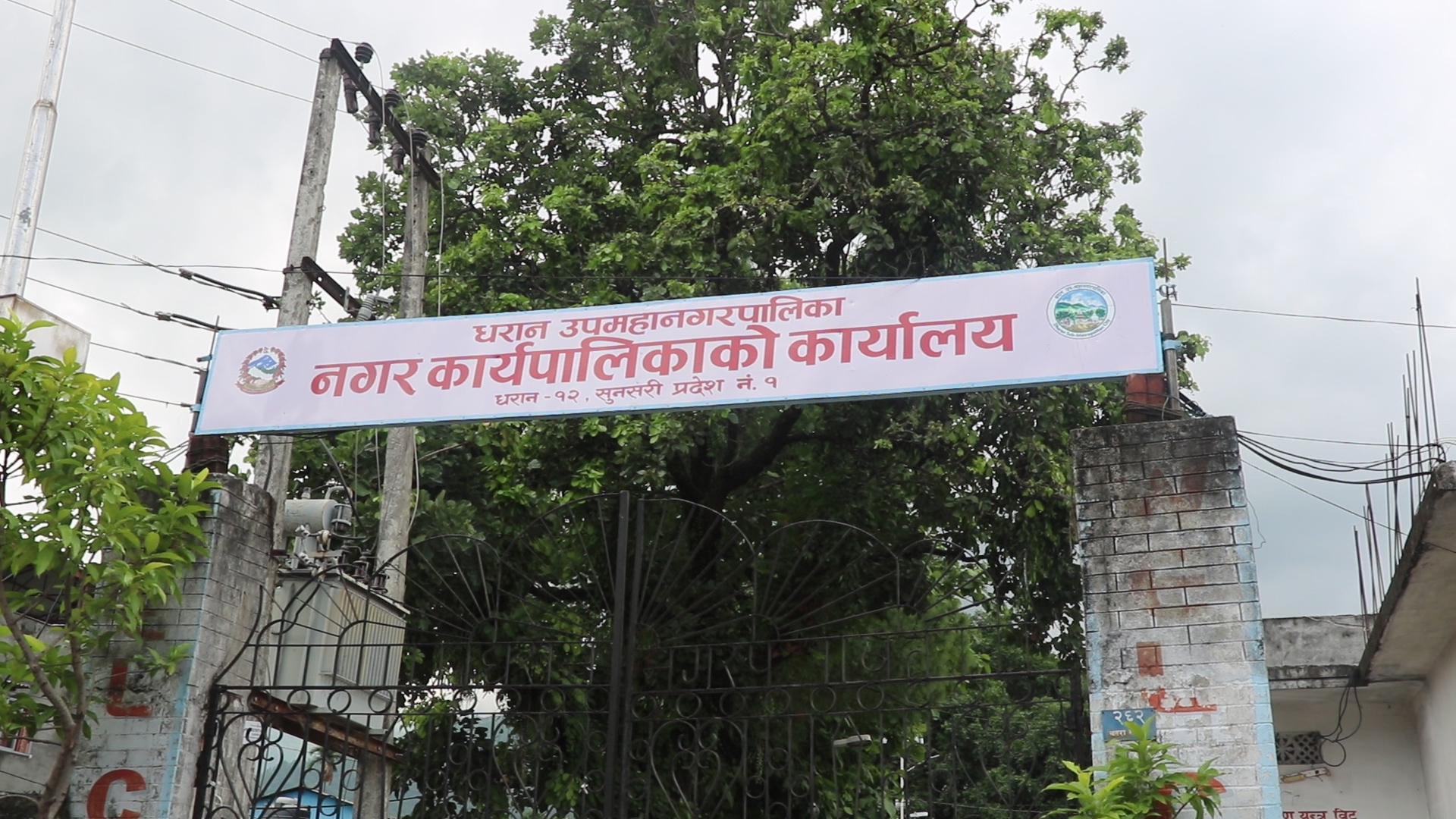Dharan: A city built with people’s participation
DHARAN, JANUARY 24
Dharan, in the east of Nepal, is rich in cultural diversity. In addition to being regarded a modern city, it is also a place that developed with people’s participation.
The settlement here began with deforestation in 1894. It was gradually expanded by the Rana prime ministers, including Chandra Shumsher and Juddha Shumsher. It is also known as ‘lahure ko sahar’ (city of soldiers). The establishment of British Gorkha recruitment centre in Dharan in 1954 further increased the population.
The city was declared a municipality in 1962 and was later declared the headquarters of Koshi Zone in 1963.
Since then, Dharan has developed into a modern city with the participation of people.
There are various projects that have been set up where local people participate actively.
People from various cities in the country and foreign countries have visited the city for various purposes, including to observe the development models of the city and study the local community forest users’ groups.
People’s participation in development activities started from 1979. However, their active participation began in 1999, according to Dharan Sub-metropolitan City. In the beginning, the ratio of the participation of public and the sub-metropolis in development projects was 25:75. Public participation increased gradually up to 50:50 ratio.
Many model roads have been constructed in the city with 40:60 participation ratio of the public and the sub-metropolis.
The model of public participation in development activities in Dharan was introduced by then Dharan Municipality Mayor late Dhan Bahadur Rai.
Later, the model was implemented when Manoj Kumar Meyangbo served as mayor of the then municipality.
Dharan Clock Tower (locally known as Ghantaghar) built with funds provided by the sub-metropolis and local people and Nepalis living in Hong Kong, has been the central point of tourism.
Bijayapur Hill, Budhasubba temple, Dantakali temple, Pindeshwor temple, Panchkanya temple and Bhatabhunge Durbar are other attractions for tourists, said Krishna Prasad Bhattarai, ward 14 chair of the sub-metropolis. Famous tourist destination Bhedetar and Charles Point view tower in Dhankuta district bordering the city have added more charm to the city. UK’s Prince Charles is said to have climbed the view tower.
Famous religious tourist destinations nearby the city — Bishnupaduka, Ramdhuni, Panchayandham and Koshi Tappu Wildlife Reserve — have added to the glory of the city.
Dharan also serves as an entry point to Dhankuta and Taplejung districts and Kumvakarna, Kanchanjunga and Makalu mountains, Barun National Park, Arun valley, Tinjure Milke Rhododendron Cave, Sabha Pokhari and Hyatung Falls.
Adventure sports such as paragliding has started at Danabari in Dharan, contributing to tourism activities in the city.
Likewise cultural diversity of the city has increased its significance as a tourist destination.
The city is famous for festivals such as Udhauli celebrated by the Kirat community, Chasok Tangnam celebrated by the Limbu community, Lakhenach, Gaijatra and Yomari celebrated by the Newar community, Shelo celebrated by the Tamang community, Rodhighar celebrated by the Gurung community and Balannach and Sangini celebrated by the Bahun, Chhetri communities.
The sub-metropolis has been providing help for the development of the city. “We will fund projects for the development of the city,” said Kishor Thulung, coordinator of the Tourism Development Committee at the sub-metropolis.
Feasibility studies on unearthing ruins of a Kirat-era palace, conservation and promotion of Charkoshe Jhadi, a dense forest, conservation of biological varieties and operation of cable car at Barahachhetra are under way, according to the sub-metropolitan city. Two view towers near Dantakali temple and Chindedanda have recently come into operation.
In a bid to make the city a major tourist destination, Dharan Sub-metropolitan City has to make a big investment in conservation and protection of ancient heritages, stakeholders said.






